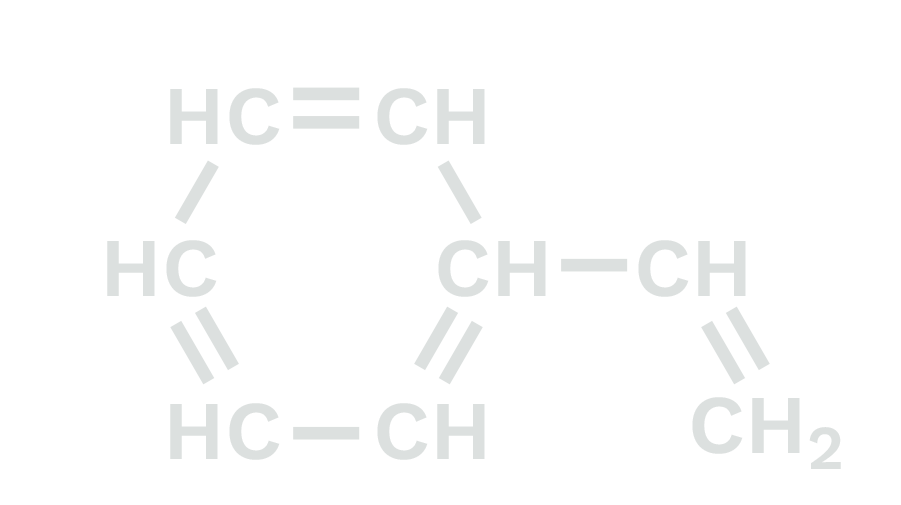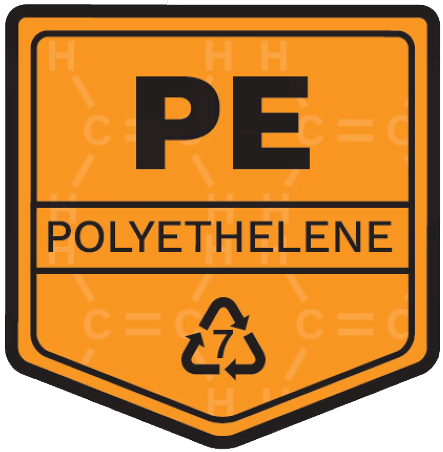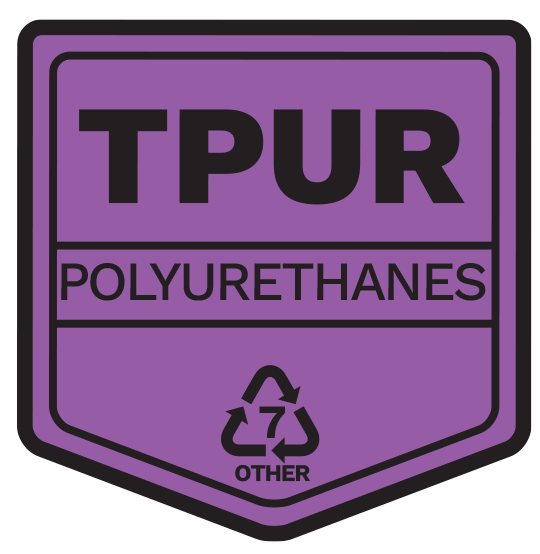THE WORLD OF MATERIALS
When considering plastic injection molding materials for your product there are so many properties and tradeoffs to consider. We find that material selection is one of the heaviest and most painful decisions when developing a new part. Our goal is to guide you the best we can with this. understanding the material families is a great place to start the investigation. After we understand what family candidates we will consider then we break it down a bit further into; commodity, engineered, and specialty performance grade options. after understanding more about these costs and availability tradeoffs we help you make the best decision for your business model. For example, if a cost is the number one driver of your part design, you may be inclined to select a reprocessed or even recycled material. but if material availability is a concern you may need to qualify a virgin to resign as a backup. furthermore, depending on your part geometry tolerances, some materials can be tested during the T1 trials. additives and processing aids can also be introduced for testing at this time. It is important to note that your final material selection can most times be done after your mold is built.



Polyethylene can be classified into three ranges of density. Low density polyethylene (aka LDPE) has a density of .910 to .925 g/cc; whereas the medium density grade has a density of .926 to .940 g/cc. The high density grade (HDPE) has a density of .941 to .960 g/cc. As a general rule, the higher the density, the harder, the more rigid and more heat resistant the plastic. Low and medium density polyethylene’s, for example, have melting points of about 230 -240°F whereas the high density material has a melting point about 25°F higher. Higher density resins show improved tensile and flexural strength, chemical resistance, surface hardness and abrasion resistance but poorer elongation and brittleness at low temperatures. Various polyethylene copolymers are also available that show much different characteristics than the parent monomer.
 Polyethylene can be classified into three ranges of density. Low density polyethylene (aka LDPE) has a density of .910 to .925 g/cc; whereas the medium density grade has a density of .926 to .940 g/cc. The high density grade (HDPE) has a density of .941 to .960 g/cc. As a general rule, the higher the density, the harder, the more rigid and more heat resistant the plastic. Low and medium density polyethylene’s, for example, have melting points of about 230 -240°F whereas the high density material has a melting point about 25°F higher. Higher density resins show improved tensile and flexural strength, chemical resistance, surface hardness and abrasion resistance but poorer elongation and brittleness at low temperatures. Various polyethylene copolymers are also available that show much different characteristics than the parent monomer.
Polyethylene can be classified into three ranges of density. Low density polyethylene (aka LDPE) has a density of .910 to .925 g/cc; whereas the medium density grade has a density of .926 to .940 g/cc. The high density grade (HDPE) has a density of .941 to .960 g/cc. As a general rule, the higher the density, the harder, the more rigid and more heat resistant the plastic. Low and medium density polyethylene’s, for example, have melting points of about 230 -240°F whereas the high density material has a melting point about 25°F higher. Higher density resins show improved tensile and flexural strength, chemical resistance, surface hardness and abrasion resistance but poorer elongation and brittleness at low temperatures. Various polyethylene copolymers are also available that show much different characteristics than the parent monomer.
PHYSICAL MATERIAL PROPERTIES
Property used to define the hardness or softness of a plastic
ASTM D2240 Test Method based on indentation of specimen when force is applied.
Property used to define the how heavy or light a plastic is based on volume
ASTM D792 Test Method based on the ratio of mass of a given volume of material usually reported relative to water
Property used to define the plastics ability to withstand tensile stress while being pulled or stretched without failure
ASTM D638 Method based on pulling a dog bone specimen and reading the rate at which the material yields or breaks
Property used to define the materials ability to resist a force applied in an instantaneous implementation of a load
ASTM D2240 Method based on swing pendulum with a defined weight. Testing can be performed as Notched Izod with and without low temp definitions.
Property used to define the ability to stretch the material of a plastic
ASTM D638 Method based on indentation of specimen when force is applied.
Property used to define the length of recovery of a material after it has been stretched
ASTM D790 Method is based on measuring % of a specimen original length
ASTM D395 Method based on geometric recovery of specimen after force is applied for 24 hours.
Method based on measuring deformation at time intervals from 1 to 1000 hours
Property used to define the amount of growth or shrink a specimen exhibits during temperature change
ASTM D696 Method based on measuring the % coefficient of linear change in length of a material relative to each degree of temperature change
Property used to define a slow deformation phenomena while under constant strain (also known as “Cold Flow”)
ASTM D2990 Method based on measuring deformation at time intervals from 1 to 1000 hours
ISO27 Property used to define a material deflection perpendicular to force applied
Method based on indentation of specimen when force is applied.
ENVIRONMENTAL MATERIAL PROPERTIES
Property used to define the hardness or softness of a plastic
ASTM D2240 Test Method based on indentation of specimen when force is applied.
Property used to define the how heavy or light a plastic is based on volume
ASTM D792 Test Method based on the ratio of mass of a given volume of material usually reported relative to water
Property used to define the plastics ability to withstand tensile stress while being pulled or stretched without failure
ASTM D638 Method based on pulling a dog bone specimen and reading the rate at which the material yields or breaks
Property used to define the plastics ability to withstand tensile stress while being pulled or stretched without failure
ASTM D638 Method based on pulling a dog bone specimen and reading the rate at which the material yields or breaks
Property used to define the plastics ability to withstand tensile stress while being pulled or stretched without failure
ASTM D638 Method based on pulling a dog bone specimen and reading the rate at which the material yields or breaks
| Material | Tonnage (per in²) | Shrink Values (in.) | Vent Depth (in.) |
| Acryl Butadiene Styrene (ABS) | 2.5 – 3.5 | .004 – .008 | .0010 – .0020 |
| Acetal (POM) | 3.0 – 4.0 | .004 – .007 | .0005 – .0015 |
| Acrylic (PMMA) | 3.0 – 4.0 | .002 – .010 | .0015 – .0020 |
| Ethylene Vinyl Acetate (EVA) | 2.0 – 3.0 | .010 – .030 | .0005 – .0007 |
| High Density Polyethylene (HDPE) | 2.5 – 3.5 | .015 – .030 | .0008 – .0010 |
| Low Density Polyethylene (LDPE) | 2.0 – 3.0 | .015 – .035 | .0005 – .0007 |
| Polyamide – Nylon (PA) Filled | 4.0 – 5.0 | .005 – .010 | 0003 – .0010 |
| Polyamide – Nylon (PA) Unfilled | 3.0 – 4.0 | .007 – .025 | 0005 – .0020 |
| Polybutylene Terephthalate (PBT) | 3.0 – 4.0 | .008 – .010 | .0005 – .0015 |
| Polycarbonate (PC) | 4.0 – 5.0 | .005 – .007 | .0010 – .0030 |
| Polyetheretherketone (PEEK) | 4.0 – 5.0 | .010 – .020 | .0005 – .0007 |
| Polyetherimide (PEI) | 3.0 – 4.0 | .005 – .007 | 0010 – .0015 |
| Polyphenylene Sulfide (PPS) | 3.5 – 4.5 | .002 – .005 | .0005 – .0010 |
| Polyphthalamide (PPA) | 3.5 – 4.5 | .005 – .007 | .0005 – .0020 |
| Polypropylene (PP) | 2.5 – 3.5 | .010 – .030 | .0005 – .0020 |
| Polystyrene (PS) | 2.0 – 2.5 | .002 – .008 | .0015 – .0020 |
| Polyurethane (PUR) | 2.5 – 3.5 | .010 – .020 | .0004 – .0010 |
| Polyvinyl Chloride (PVC) | 2.5 – 3.5 | .002 – .030 | .0005 – .0020 |
| Thermoplastic Elastomer (TPE) | 2.5 – 3.5 | .005 – .020 | .0008 – .0010 |






